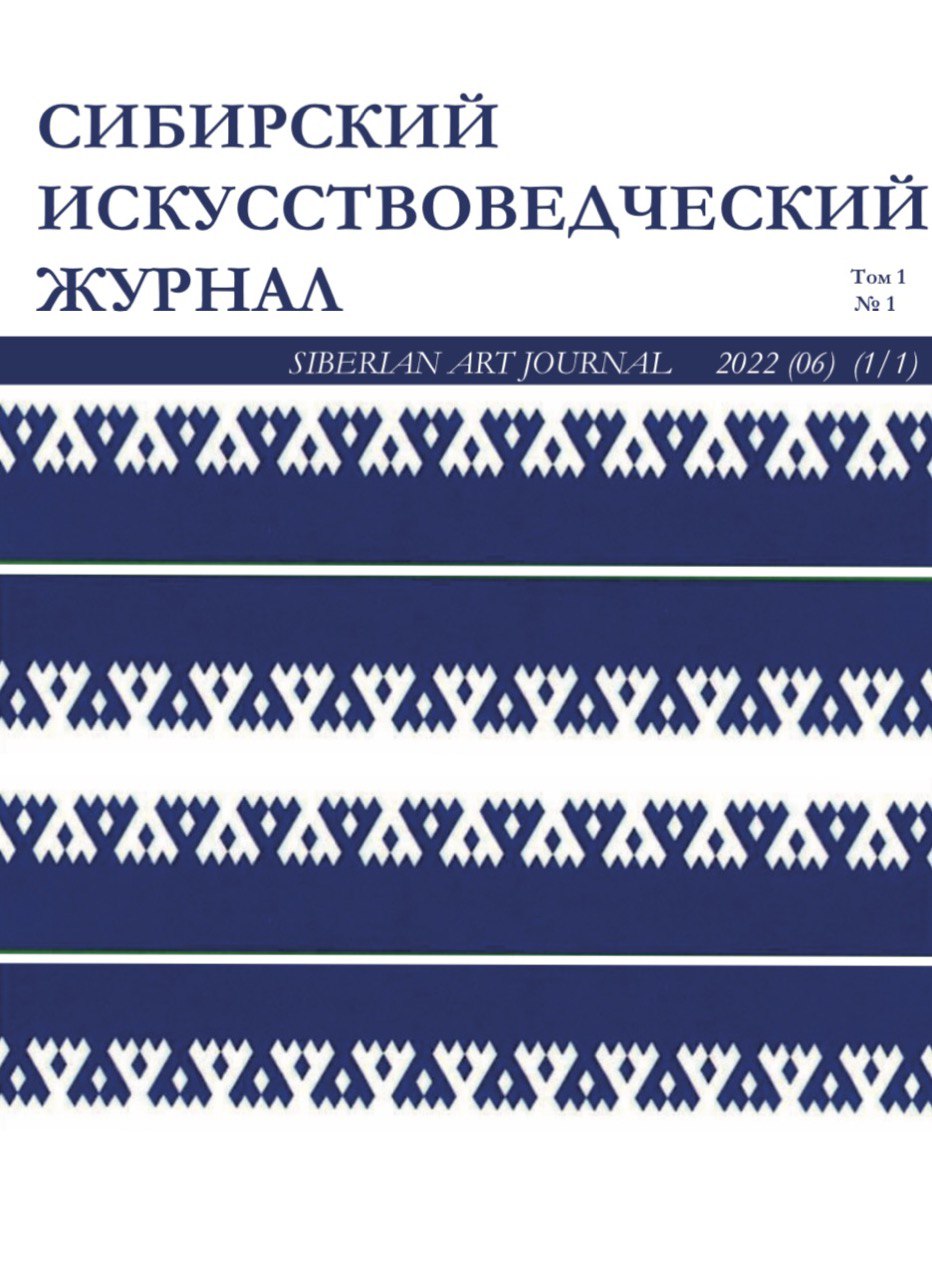This article is the result of a study of the approach of Japanese animation director Satoshi Kona to constructing the image of trauma. The study was based on the animated series Paranoia Agent (2004). In this animated work, the mechanism of trauma and collision with it becomes one of the plot-forming elements and is of great importance for the further development of events, as well as for the development of individual stories of the characters. Moreover, the very embodiment of trauma in an independent image is also a subject that requires study. The theoretical basis of this article is the works of Sigmund Freud and Carl Gustav Jung. The psychoanalytic approach to studying the image of trauma in Satoshi Kon's work provides a deeper understanding of the nature of this phenomenon and its impact on both the life of an individual and the life of an entire group of people.
Satoshi Kon, anime, animation art, trauma, the unconscious
1. Balashova E. S., Gribanov S. V., Maltseva S. M., Noskova O. I. (2019). Modern aspects of K. G. Jung's theory of archetypes, Azimuth of Scientific Research Pedagogy and Psychology, 8(3), 320–322.
2. Boyko O. A. (2016). The archetype of shadows in the art of the 20th century, Bulletin of Tomsk State University Cultural Studies and Art Criticism, 3(23), 15–23.
3. Vaneyan S. S. (2015). Jung symbolism mythology individuation, Saint Petersburg, 1.
4. Zhukov V. N. (2022). K. G. Jung the collective unconscious archetypes culture, Education and Law, 3.
5. Ivanov B. A. (2001). Introduction to Japanese animation.
6. Korostelev A. S. (2023). Anime as a representation of the crisis of 1990–2010, Lingua-Universum, 3, 8–11.
7. Krivulya N. G. (2012). Animatology The evolution of world animatographies, Moscow: Amethyst, 779.
8. Freud S. (2019). Introduction to psychoanalysis, in Sigmund Freud, comp. and notes by I. Kivel, trans. from German by V. Sorgenfrey, G. Baryshnikova, Moscow: RIPOL Classic Group of Companies / Pangloss. (Series: Lectures Pro-classic)
9. Jung K. G. (1991). Archetype and symbol, Moscow: Renaissance.
10. Abrutyn S. (2023). The roots of social trauma collective cultural pain and its consequences, Society and Mental Health, 14.
11. Arora V. (2024). Minds adrift navigating the surreal depths of Satoshi Kon's cinematic universe, International Journal of Novel Research and Development, 9(9), 589–597.
12. Perkins C. (2019). Kon Satoshi and Japan’s monsters in the city, Nordlit, 2019, 142–152.
13. Vorobei R. (2024). Mythological narratives of Japanese animation the memory of the collective unconscious in the culture of consumerism, Skhid, 6, 42–46.
14. Wang L., Wang N. (2025). Japanese aesthetic expression and social environment reflection in the animated films of Satoshi Kon, in Proceedings of the 4th International Conference on Education, Language and Art (ICELA 2024), Atlantis Press, 771–779.
15. Xiaoyu H. (2016). Satoshi Kon’s animation works and Japanese national culture, Shandong Normal University.
16. Uy M. A. C. et al. (2023). Fantasy or reality a comparative analysis of how Satoshi Kon depicts psychosis, unpublished manuscript or preprint.





